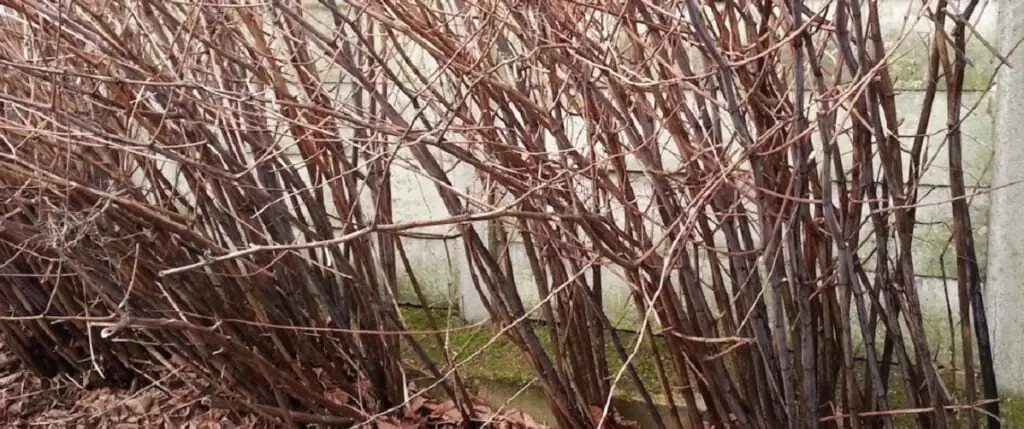The stamp duty deadline is fast approaching and there’s a growing sense of urgency among buyers to ensure their purchase completes before 31st March, saving them thousands of pounds in tax.
The temptation may well be to assume a property is unaffected by Japanese knotweed if there are no visible signs of growth, but buyers would be wise to think carefully about the risks – and weigh up the tax saving against the potential cost if knotweed is later discovered. You may have read our warnings in a news article in the Daily Express last week, anticipating a surge of legal claims if buyers cut corners.
Japanese knotweed dies back during the winter months making it much harder to spot – and easier for dishonest sellers to conceal. Research we carried out with YouGov indicated that 4% of sellers would consider obscuring knotweed if it was growing on their property, meaning buyers could find themselves seriously out of pocket when those notorious red asparagus-like shoots begin to emerge in just a few weeks’ time – or facing the prospect of raising a legal case against the seller.
Environet UK founder and MD Nic Seal warns: “Japanese knotweed can impact a property’s value by up to 10%, so it’s essential that buyers carry out their own investigations if the seller is unable to offer any assurances, even if it means the conveyancing process takes longer. For those under pressure to complete by the end of the stamp duty holiday in March, it’s worth noting that the cost of treatment combined with diminution of property value if knotweed is subsequently discovered would in most cases be far greater than the stamp duty saving on offer.”
A detection dog survey is the most reliable way to check a property for knotweed, particularly during winter, since the dogs can detect the unique scent of knotweed rhizome even if the plant is hidden beneath the ground.
Where knotweed is present, treatment does not need to be delayed until the spring. Increasingly popular are combination methods such as DART™ which blend physical excavation with herbicide. They are highly cost-effective and importantly, ensure the garden is fully operational during the summer months with very little disruption or environmental impact. As long as a professional treatment plan is in place with an insurance-backed guarantee for the work, the sale can go ahead.
What does Japanese knotweed look like during winter?
- The brown, hollow canes remain standing but are easily snapped off.
- Distinctive rhizome crowns remain in the ground, usually partly visible.
- The leaves have turned brown and fallen from the plant.
- The underground root system is alive and well but lying dormant until late March/early April.
For more information about detection dog surveys or Environet’s unique DART™ treatment, please contact us today on 01932 868 700.



